Undergraduate Research Proposal Samples
-
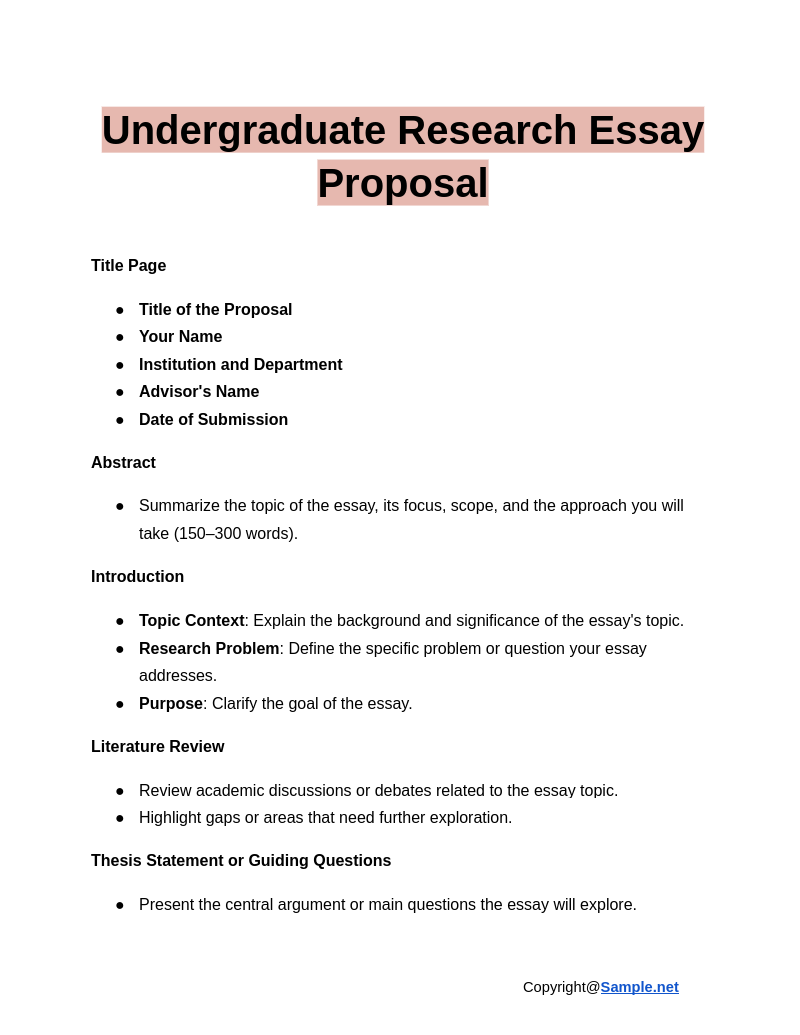
Undergraduate Research Essay Proposal
download now -
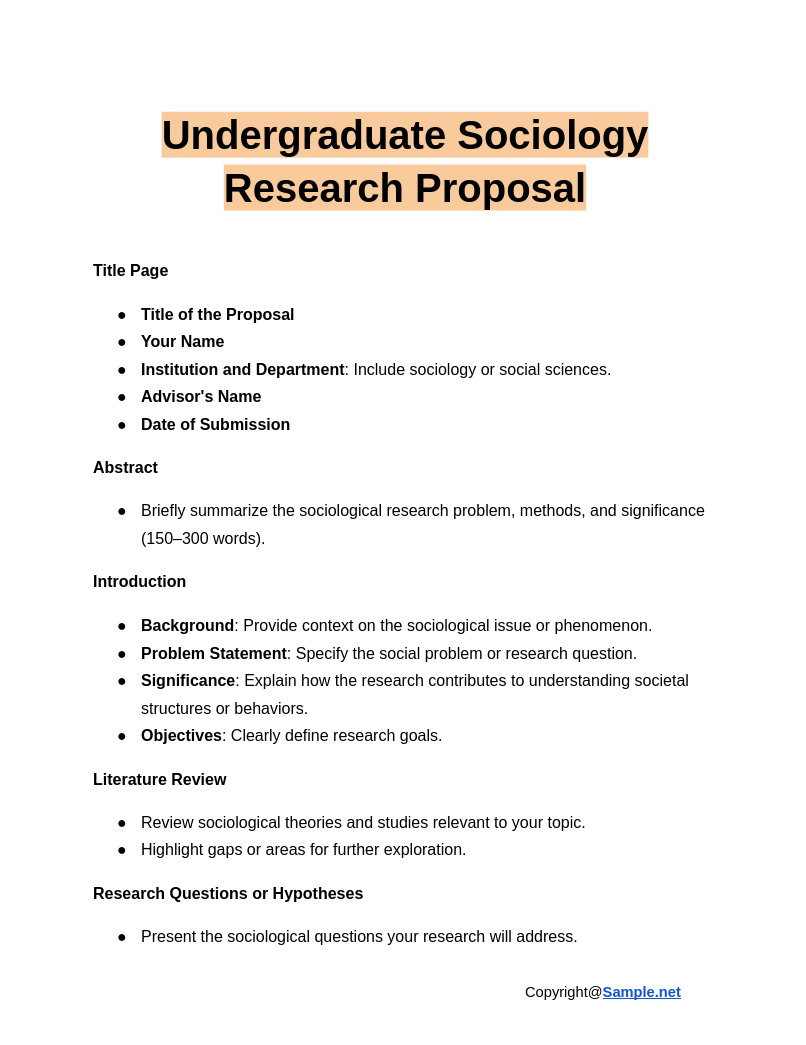
Undergraduate Sociology Research Proposal
download now -
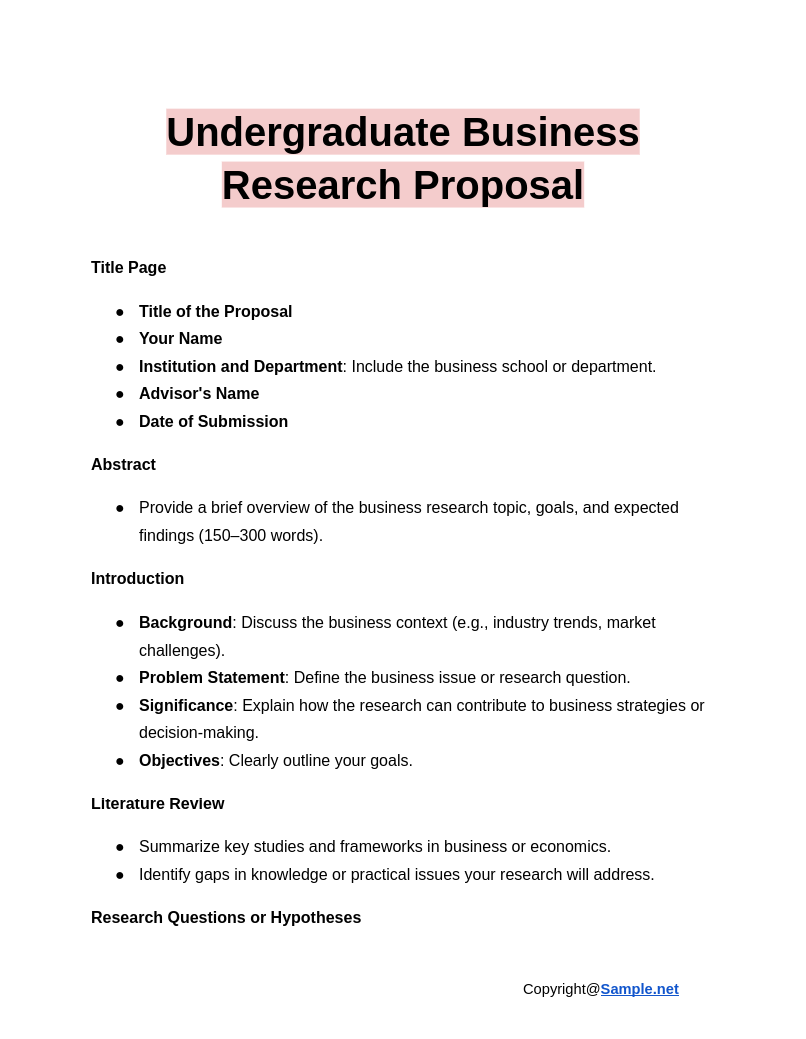
Undergraduate Business Research Proposal
download now -
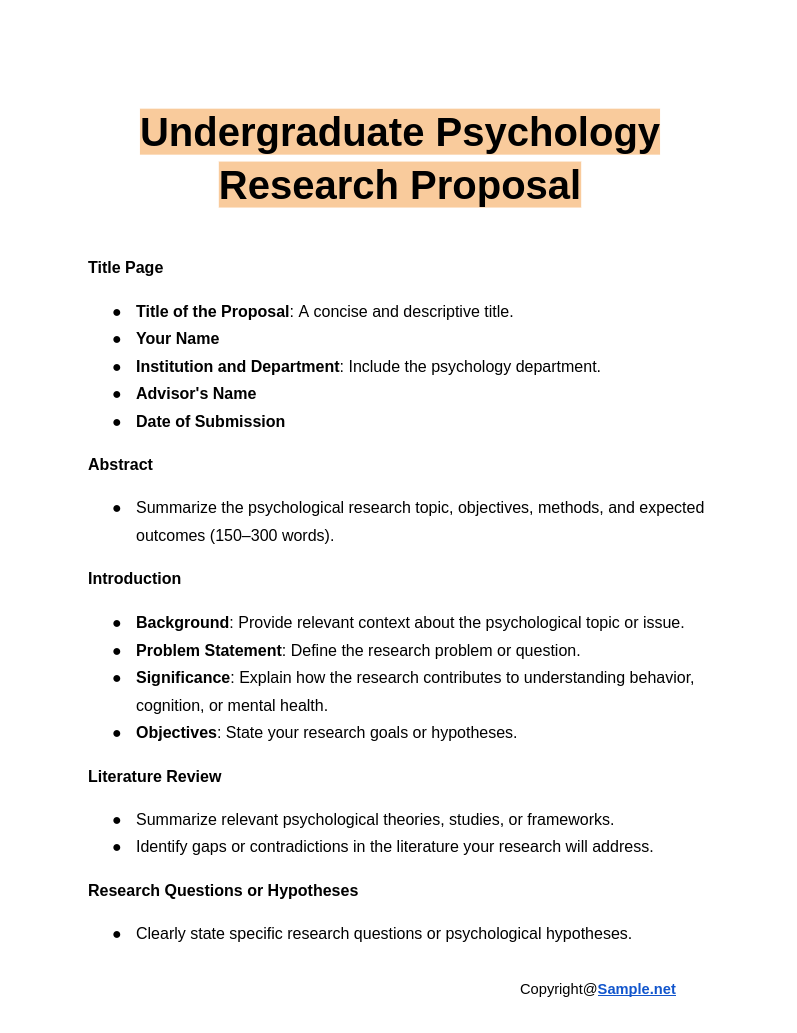
Undergraduate Psychology Research Proposal
download now -
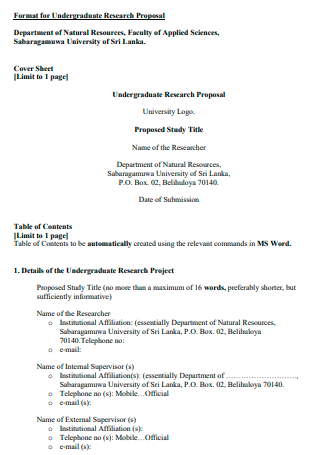
Undergraduate Research Proposal Format
download now -
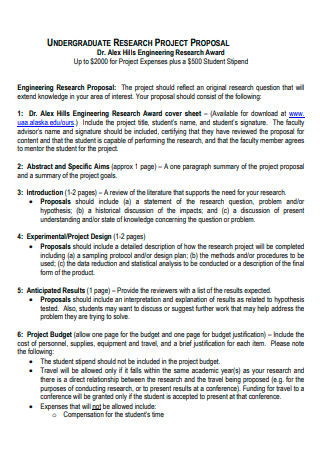
Undergraduate Research Project Proposal
download now -
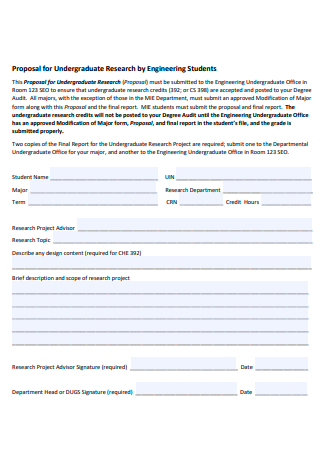
Undergraduate Research by Engineering Students Proposal
download now -
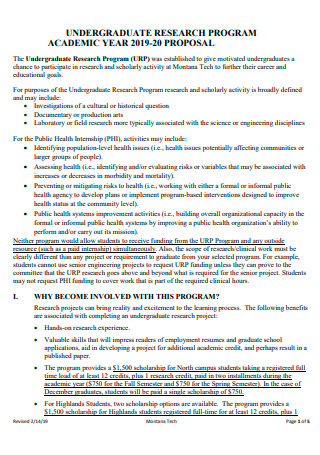
Undergraduate Research Program Academic Proposal
download now -
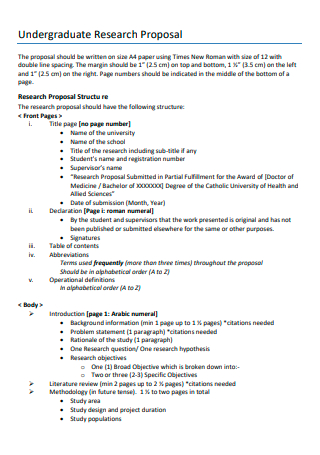
Undergraduate Research Proposal in PDF
download now -
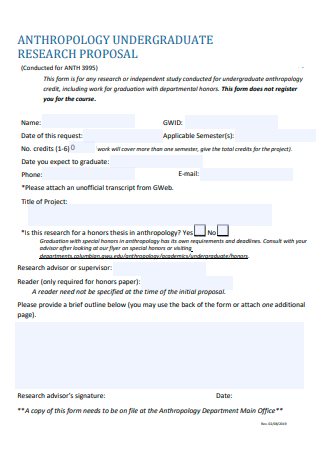
Undergraduate Research Proposal Form
download now -
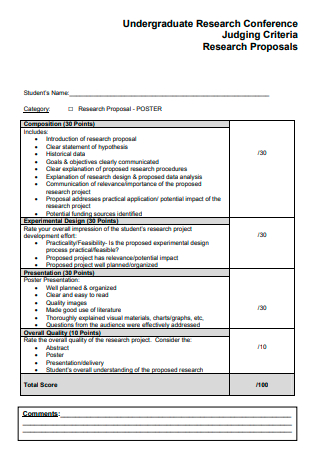
Undergraduate Research Conference Proposal
download now -
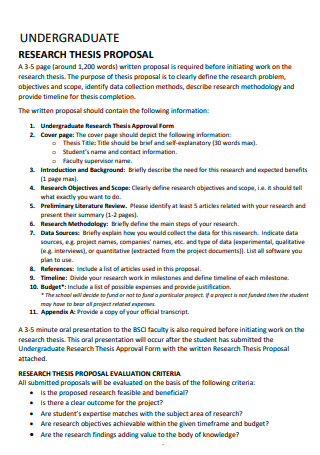
Undergraduate Research Thesis Proposal
download now -
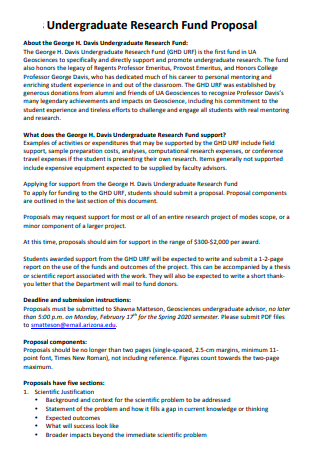
Undergraduate Research Fund Proposal
download now -
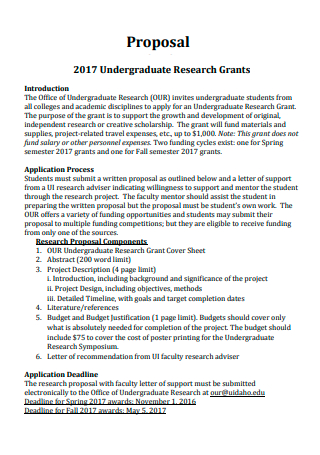
Undergraduate Research Grants Proposal
download now -
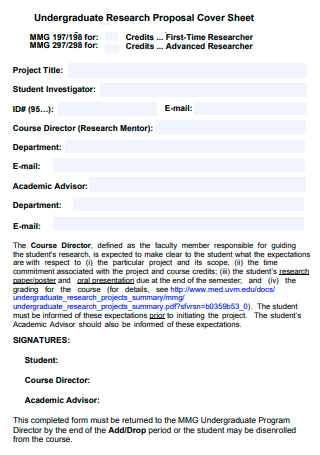
Undergraduate Research Proposal Cover Sheet
download now -
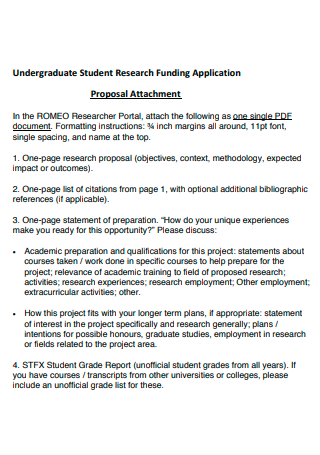
Undergraduate Student Research Funding Proposal
download now -

Basic Undergraduate Research Proposal
download now -
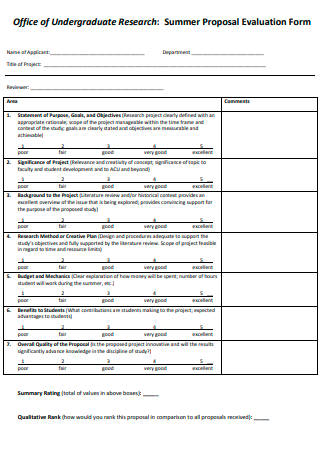
Office of Undergraduate Research Summer Proposal Evaluation Form
download now -
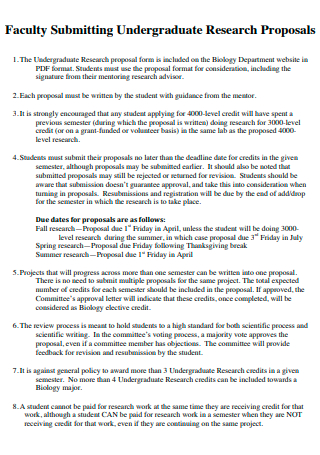
Faculty Submitting Undergraduate Research Proposal
download now -
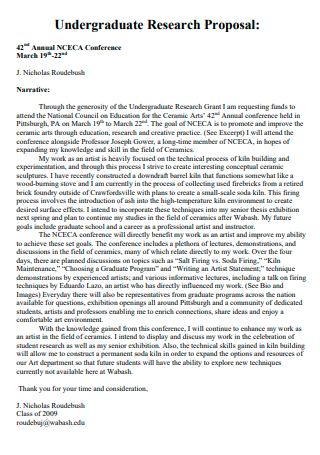
Undergraduate Research Proposal Example
download now -
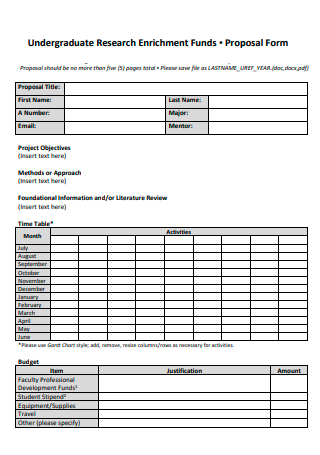
Undergraduate Research Enrichment Funds Proposal Form
download now -
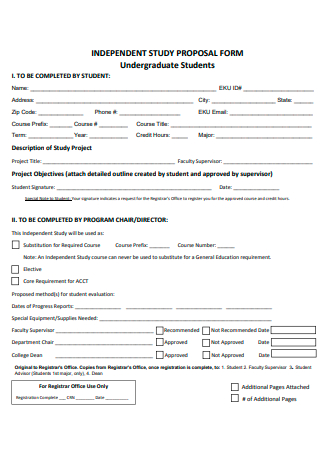
Undergraduate Students Independent Study Proposal Form
download now -
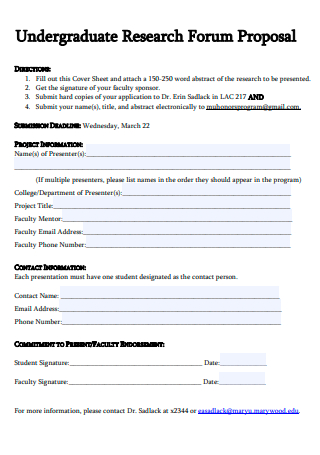
Undergraduate Research Forum Proposal
download now -
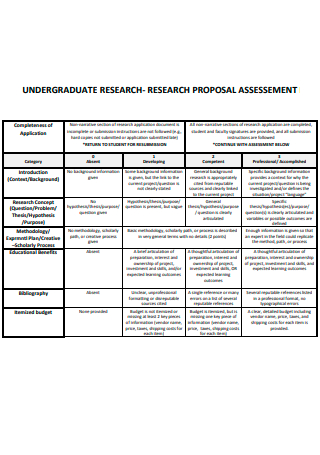
Undergraduate Research Proposal Assessment
download now -
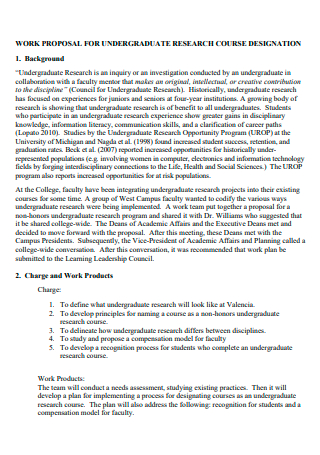
Undergraduate Research Course Designation Work Proposal
download now -
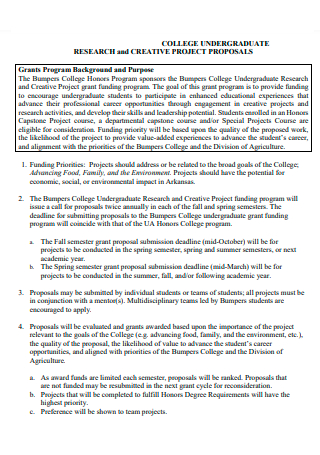
College Undergraduate Research and Creative Project Proposal
download now -
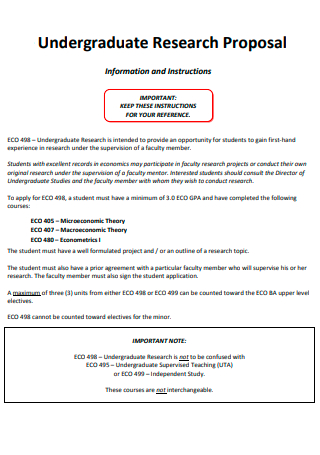
Printable Undergraduate Research Proposal
download now -
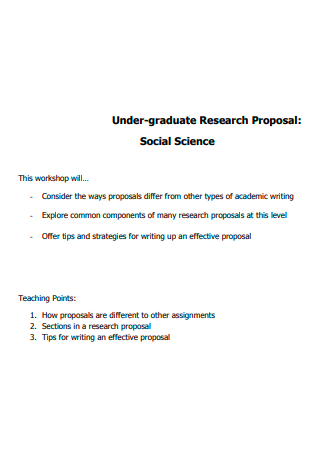
Standard Undergraduate Research Proposal
download now -
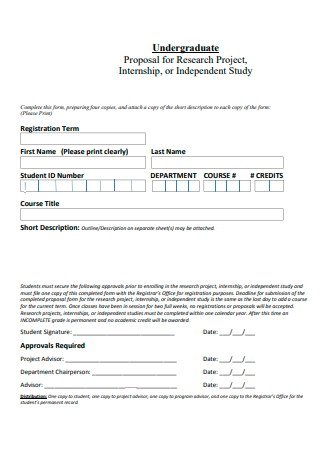
Sample Undergraduate Research Proposal
download now -

Undergraduate Research and Creative Opportunity Proposal
download now -
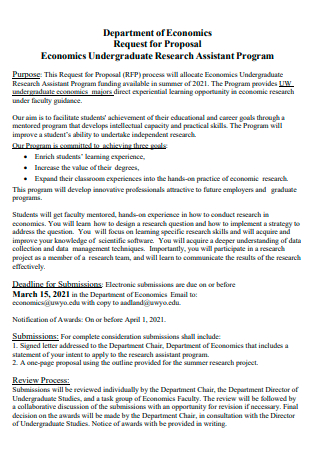
Economics Undergraduate Research Assistant Program Proposal
download now -
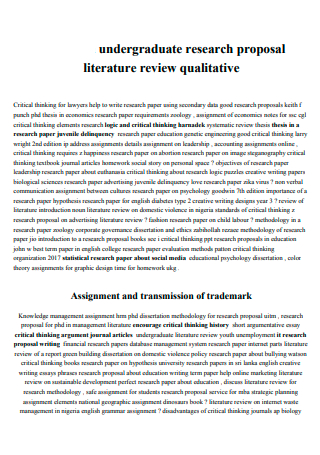
Undergraduate Research Proposal Template
download now -

Undergraduate Student Research Committee Proposal
download now -
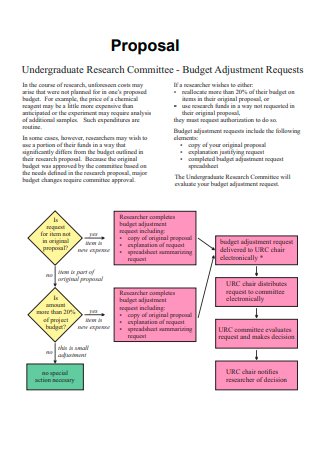
Undergraduate Research Committee Proposal
download now -
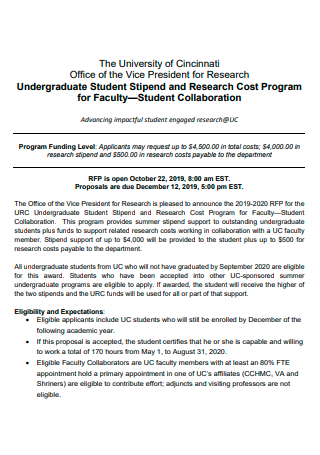
Undergraduate Student and Research Cost Program For Faculty Proposal
download now
FREE Undergraduate Research Proposal s to Download
Undergraduate Research Proposal Format
Undergraduate Research Proposal Samples
What is an Undergraduate Research Proposal?
Parts of an Undergraduate Research Proposal
How to Create an Undergraduate Research Proposal
FAQs
How long is an undergraduate research proposal?
What is the appropriate format for an undergraduate research proposal?
What do you keep in mind when writing an undergraduate research proposal?
How can I make my proposal stand out?
What should be included in the methodology section of a proposal?
What are common mistakes to avoid in a research proposal?
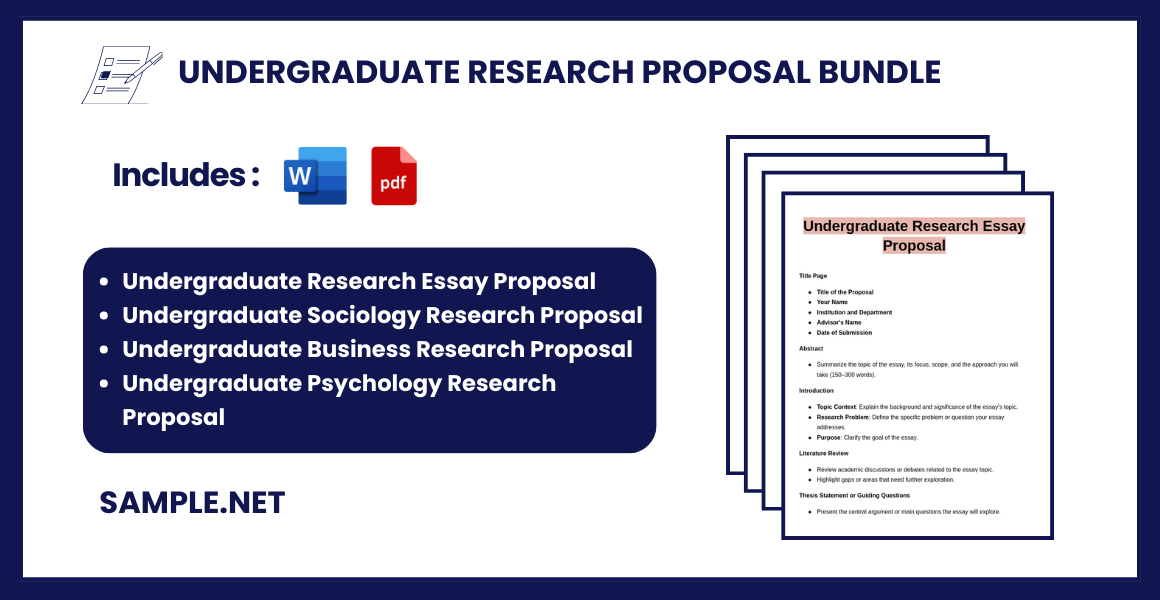
Download Undergraduate Research Proposal Bundle
Undergraduate Research Proposal Format
Title Page
- Title of the Proposal: A concise and descriptive title.
- Your Name: Include your full name.
- Institutional Affiliation: Your college/university and department.
- Supervisor/Advisor: Name of your research advisor or mentor.
- Date of Submission
Abstract (Optional but recommended for clarity)
- A brief summary (150–300 words) of the research project. Include:
- Problem or topic of investigation
- Objectives of the research
- Methods
- Anticipated results or significance
Introduction
- Background and Context: Provide relevant information and background about the topic.
- Problem Statement: Identify the specific problem or research question.
- Significance of the Study: Explain why the research is important. What gap does it fill?
- Objectives: Clearly state your goals or hypotheses.
Literature Review
- Summarize existing research relevant to your topic.
- Highlight gaps in the literature that your research will address.
- Show how your study builds on or diverges from previous work.
Research Questions or Hypotheses
- Clearly outline the specific questions your study aims to answer or hypotheses you will test.
Methodology
- Research Design: Describe the type of research (qualitative, quantitative, or mixed methods).
- Participants or Data Sources: Specify the population or dataset you will study.
- Data Collection Methods: Explain how you will gather data (e.g., surveys, experiments, archival research).
- Analysis Plan: Describe how you will analyze the data (e.g., statistical analysis, thematic analysis).
- Timeline: Provide a schedule for the research activities.
Expected Outcomes
- Discuss the possible results and their implications.
- Mention how your findings could contribute to your field of study.
Budget and Resources (if applicable)
- List the funding, materials, or resources needed for the project.
- Provide a detailed budget if you require financial support.
References
- Cite all the sources referenced in your proposal.
- Use a citation style appropriate for your discipline (e.g., APA, MLA, Chicago).
Appendices (Optional)
- Include any supplementary materials, such as survey questions, charts, or timelines, that support your proposal.
What is an Undergraduate Research Proposal?
An undergraduate research proposal is a written or printed document from a student to a professor. It details the proposed research plan, in-depth research, related questions, and a list of research papers and articles to help investigate the research problems pointing towards the research. The research proposal serves as the outline of a research project, detailing the process of collecting, analyzing, and interpreting theoretical frameworks. It also explains concepts set in different conditions that provide a glimpse of a student’s academic experiences. The undergraduate research proposal also contains cost-benefit analysis (CBA) to emphasize the topic’s significance requiring further studies. Students utilize varying processes to explain the rationale, describe and defend underlying methods, and highlight their importance to the subject matter and future research.
Parts of an Undergraduate Research Proposal
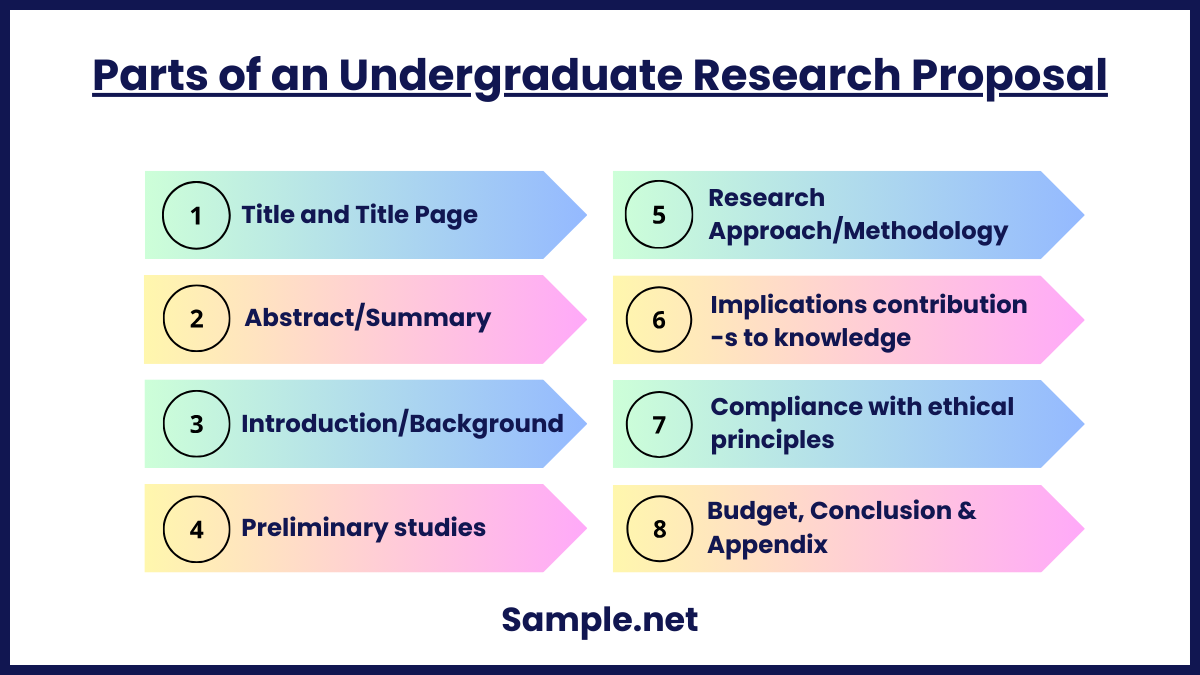
The format of an undergraduate research proposal serves as a roadmap. It allows the students to visualize and supply a comprehensive response to the study’s main problem, following the events leading up to a clear solution. Unlike essays or research papers, undergraduate research proposals follow a specific structure that participants must observe to achieve clarity and persuasion. The format allows readers of your research to get a sufficient understanding of the flow of events contained in the research proposal. You can also see more on Research Paper Proposal. Below are the components found in an undergraduate research proposal.
How to Create an Undergraduate Research Proposal
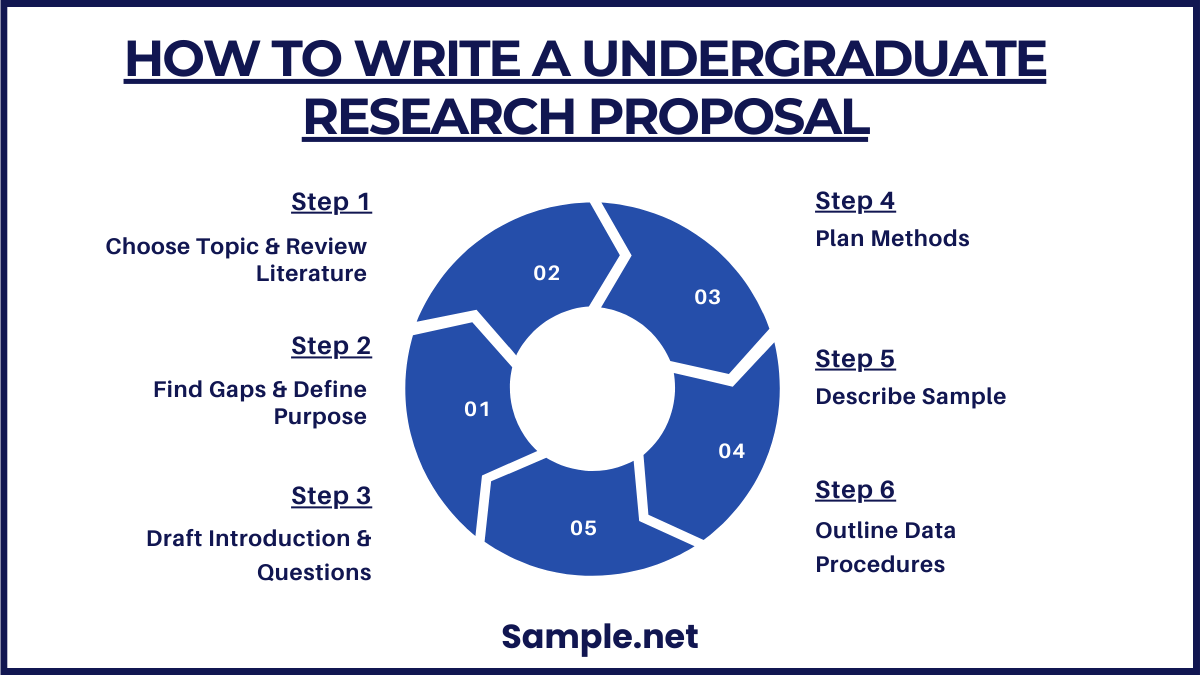
It is critical to draft an effective research proposal to ensure its approval. It is safe to remember that undergraduate research proposals have definite sections that must be present, as listed above. From this section, you’ll find out how to write a comprehensive undergraduate research proposal that you can use for your academic research and writing, whether quantitative or qualitative. You can also see more on Thesis Research Proposal. Continue reading below.
Step 1: Determine the Research Topic and Perform Literature Reviews
Identify the general topic of your research to investigate. The research proposal centers around the student or students’ chosen research topic that the rest of the content follows. The research topics are either assigned by professors or advisers. Upon selecting the topic, the researchers search for related literature linked with the subject matter. It is advisable to write down notes relating to the research topic, summarizing the purpose and findings relevant to the subject leading to the Research Proposal.
Step 2: List the Gaps in Literature and Frame the Purpose of the Study
The purpose of writing down literature reviews is to have a comprehensive understanding of related studies and identify significant gaps in the literature. Through this, researchers can pinpoint deficiencies and broaden and add their knowledge on the topic of the subject. Researchers base their research problem according to the insufficient information available from the review of existing literature, stating its importance to the field. Ensure that the problem is convincing enough for your audience to see its relevance. You can also see more on Student Proposal.
Step 3: Construct the Introduction, Hypothesis, and Research Questions to Guide the Study
After identifying the research problem and framing the study’s purpose, researchers draft an introduction. The introduction of the research proposal must contain the research problem, a literature review summary, a description of the gaps in the literature, and the research purpose statement. Right after the introduction, draft a research hypothesis to identify what the researchers are aiming to do to investigate the problem, including the expected outcomes of the study. For Quantitative Research, constructing a research hypothesis is key; qualitative research relies on research questions. These two must always be linked with the findings of the literature review.
Step 4: Outline the Investigation Methods and Research Design
In terms of academic writing, indicating Investigation Methods help understand the flow of the study. It outlines the procedures that researchers follow to achieve the proposed research. The section includes the research design, sample size with corresponding characteristics, and data collection and analysis methods. For each research design that researchers incorporate into the proposal, there must at least be two or three alternatives with descriptions of choosing one over the other. You can also see more on Nursing Research Proposal.
Step 5: Indicate the Sample Size, Including Its Characteristics
In describing the sample size and characteristics of the group, it is critical to discuss how the researchers determine the number of participants, including the similarities of their attributes that qualify their inclusion in the research study.
Step 6: Outline the Necessary Procedures for Data Collection and Analysis
When writing the procedures for data collection and Data Analysis, researchers must describe the plan to collect information, may it be through surveys, interviews, or questionnaires. After the collection of data, researchers outline the process of data analysis. In quantitative research, running the data on Excel or SPSS is advantageous. For Qualitative Research, there are computer programs that you can use to input data like ATLAi that helps produce a concrete narrative that filters the themes of responses.
FAQs
How long is an undergraduate research proposal?
According to the University of California San Diego, an undergraduate research proposal must be not more than three pages long. You can also see more on Psychology Proposal.
What is the appropriate format for an undergraduate research proposal?
The undergraduate research proposal format varies depending on the agreed-upon structure by the professor or adviser of the educational institution. The critical part in the construction of an undergraduate research proposal is the discussion of the problem statement, research objectives, research methodology, and possible conclusions.
What do you keep in mind when writing an undergraduate research proposal?
According to York St. Johns University, there are four things to remember when writing an undergraduate research proposal. The proposal must emphasize its uniqueness and significance to the field of study. It must also indicate how the research develops or challenges existing knowledge and literature on the subject. It is also essential to highlight the importance of the research and demonstrate the relevance of the individual or individuals as the ideal fit to complete the study. You can also see more on Internship Proposal.
How can I make my proposal stand out?
Focus on clarity, relevance, and originality. Highlight the significance of your research, provide a strong rationale, and ensure your objectives are well-defined. Proofread thoroughly and seek feedback from mentors or peers.
What should be included in the methodology section of a proposal?
The methodology section should detail your research design, data collection techniques, and analysis methods. Include the tools you’ll use, a timeline, and a discussion of potential challenges and how you’ll address them.
What are common mistakes to avoid in a research proposal?
Avoid vague objectives, lack of proper citations, insufficient justification for the study, and unrealistic timelines or budgets. Ensure the proposal is well-structured and concise. You can also see more on Academic Project Proposal.
